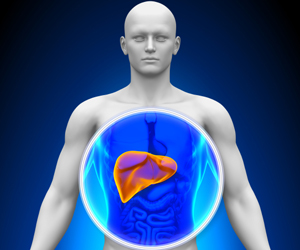
The research team analysed blood samples extracted from fat-fed mice and human NAFLD patients. Both samples had high amounts of a calcium-binding protein termed ‘S100A6’ (this protein is released by the fatty liver and serves as a communication link between the liver and the pancreas).
Advertisement
‘S100A6’ adversely affects the insulin secretion ability of the beta-cells, thereby resulting in or exacerbating existing type 2 diabetes.
Biochemically, ‘S100A6’ was found to inhibit insulin secretion by activating the Receptor for Advanced Glycation End product (RAGE) on pancreatic beta-cells.
The study also presents the molecular and cellular events associated with ‘S100A6’ secretion in fatty liver, and its adverse impact on beta-cell insulin release.
However, at a therapeutic level, this study shows that removing the circulating S100A6 from blood can help in preserving beta-cell function.
READ RELATED: Diabetes and Urinary Tract Infections (UTIs) Link you Need to Know
Furthermore, since the biochemical pathway by which S100A6 acts can now be understood, the use of RAGE antagonistic molecules can restore the functions of beta-cells in NAFLD patients, the researchers said.
“Another important observation was that the depletion of ‘S100A6′ improves insulin secretion and the regulation of blood glucose in mice, which suggests that aS100A6’ contributes to the pathophysiology of diabetes in NAFLD,” said Surbhi Dogra from IIT Mandi.
Source: IANS
Source:





